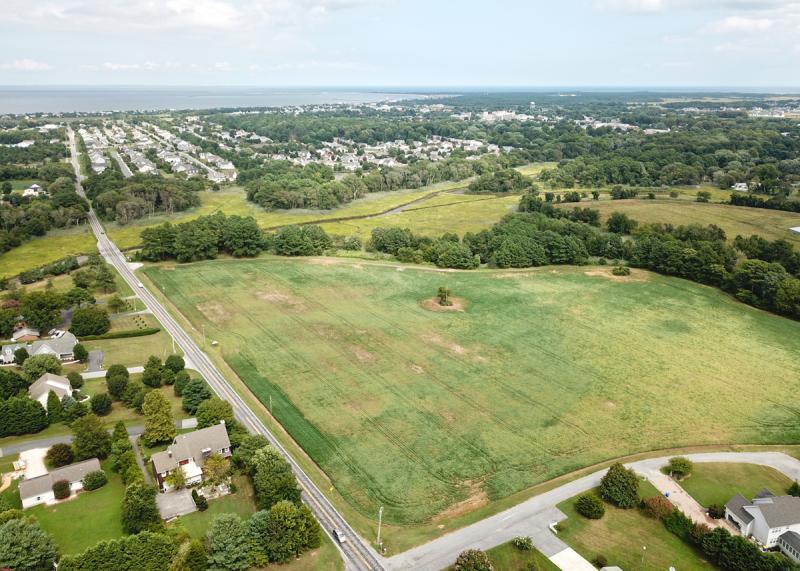Lewes debates density calculations
Just weeks after Sussex County Council changed the way density is calculated for residential development, Lewes Mayor and City Council may follow suit for its annexation zones.
In the county, developers will no longer be permitted to include state tidal wetlands when calculating total density in a subdivision. Under previous regulations, density – or the total number of units – was calculated using the total parcel acreage, even though state wetlands cannot be built on.
Council will hold a public workshop regarding density calculations at 7 p.m., Thursday, Jan. 10, at city hall. It will be an opportunity for the public to have a conversation with council about possible changes. It is expected council at its Monday, Jan. 14 meeting will schedule a future public hearing.
A draft ordinance with proposed changes will be available on the the city’s website prior to the Jan. 10 workshop.
Deputy Mayor Fred Beaufait and Councilman Dennis Reardon voted against scheduling a workshop, saying the city needed to collect more information before moving ahead with amendments to the annexation zones.
“I’m not arguing that we don’t need to make some adjustment to our zones,” Beaufait said. “That’s not the issue. I’m perfectly willing to study that issue and make what changes we think are appropriate, but I want to do it on complete information.”
Resident Sumner Crosby, who is working with city staff to set up a workshop on wetlands with several experts, said the city should adopt an ordinance similar to the one recently passed by the county.
“I think it’s important that we have consistency with the county so we’re not creating too much of an incentive to rush to build in these annexation areas,” he said. “Any annexations areas identified in the comp plan are significantly subject to this discussion. Every one of them includes significant wetlands adjacency or overlays.”
Lewes’ discussion comes on the heels of the city’s recent approval of an annexation request for the 34.64-acre Brittingham property along New Road, where developer Setting Properties Inc. seeks to build 90 attached villas. According to the developer’s submission to the state Preliminary Land Use Service, the parcel contains 11.41 acres of tidal and nontidal wetlands; it does not specify how many acres are tidal.
Prior to voting on the annexation request Nov. 13, Councilman Rob Morgan suggested waiting until county officials made a decision on density calculations, saying their actions could have significant impact on how Lewes regulates its annexation zones. Morgan did not have the support of fellow council members, and the annexation passed unanimously.
The developer submitted a subdivision application for Lewes Waterfront Preserve Dec. 6, said Tom West, the city’s planning and development coordinator.
When asked by residents if the Brittingham developer will be exempt from possible changes to the annexation zones, City Solicitor Glenn Mandalas said the project could be subject to new rules.
He said the developer is now on notice that changes may be coming, and he may have to comply with the new ordinance based on the pending ordinance doctrine. Under the law, he said, a municipality may deny an application that is submitted that is inconsistent with a pending ordinance.
He also said the developer may claim vested rights, but that is hard to prove based on a recent court case in Dover. Prior to the ruling, a developer could proceed under existing code if they obtained a permit, not necessarily a building permit, to establish vested rights.
However, under the recent ruling, a developer has to show he proceeded in good faith relying on existing standards. Mandalas said the new process involves a very fact-intensive analysis.
“The new test is a lot more difficult for a land developer to show they have vested rights,” he said.
Generally, laws changed during the approval process can be applied against the land developer, Mandalas said.



















































